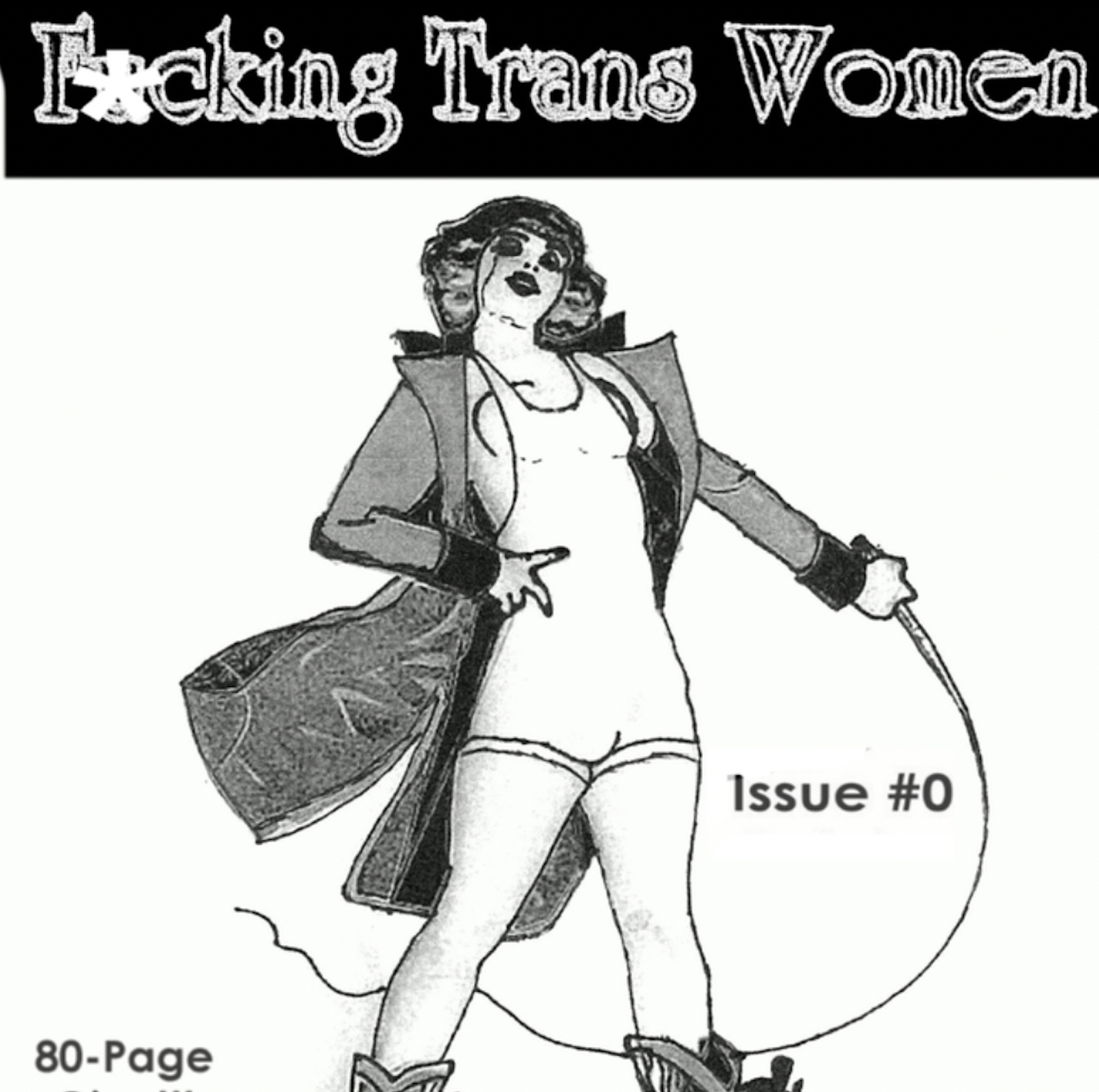Understanding Ethical Non-Monogamy: Diverse Relationship Styles
- By Rhiannon John
- 31 Mar 2025

Ethical non-monogamy, or consensual non-monogamy, describes various relationship styles where individuals openly and honestly engage in emotional or sexual relationships with multiple partners. Unlike cheating, ethical non-monogamy emphasizes transparent communication, consent, and clear boundaries agreed upon by all parties involved. This blog article outlines different forms of ethical non-monogamy—including swinging, open relationships, polyamory (hierarchical, non-hierarchical, triads, quads, polycules, solo polyamory, kitchen table, and parallel polyamory), relationship anarchy, and polygamy—highlighting that successful practice relies on honest communication, mutual respect, and clearly defined expectations.
What is ethical non-monogamy?
The term ethical non-monogamy, or consensual non-monogamy are umbrella terms that used to describe a variety of relationship styles that reject monogamy by engaging in sexual and, or emotional relationships with one or more people.
Ethical non-monogamists engage in these types of relationships for a number of reasons including emotional, physical and ideological. If you are new to the non-monogamous scene and are looking at exploring a non-monogamous relationship with your current partner, clear and honest communication is needed to express your needs, desires and boundaries within your existing relationship and potential new relationships.
Ethical non-monogamy and cheating
Non-monogamy is not an answer to cheating, as cheating can happen within non-monogamous relationships if boundaries are broken, or acts are committed with deceit or betrayal. To prevent this from happening, communications need to take place within each relationship with boundaries being set and discussed. These boundaries and agreements may look different between each couple so it’s vitally important to be upfront and transparent with your expectations with each partner.
Types of ethical non-monogamous relationships
There are several types of relationship structures that fall underneath the non-monogamous umbrella, all with varying distinctions. Each relationship style is unique and what works for one person may not work for another.
Swinging
Swinging is a form of non-monogamy that usually involves each person within a committed relationship having sex with one or more people for recreational purposes. This is usually done at a swinger’s club, or at a swinger’s group. Couples who swing attend swinger’s parties often do so as a way to explore their sexuality with other people, whilst remaining committed to their relationship or marriage.
Monogamish
The term monogamish is a loosely defined term to describe a relationship that is usually monogamous but may engage in exploring non-monogamy every so often. The term is usually reserved for people within a long-term relationship who wish to have casual sexual relationships with others outside of their committed relationship. This may be on a special occasion, or another time frame which the couple has agreed on. Although the term may mean different things to different couples, it is generally thought to be sexual in nature, with emotional connections only allowed in the primary partnership.
Open relationships
Like monogamish relationships, open relationships are loosely defined. The term is often used in place of, or as a description of ethical non-monogamy or consensual non-monogamy. If you’re looking to have an open relationship, it’s necessary to define what this term means to yourself and your partners.
Polyamory
The word polyamory comes from the Greek word ‘poly, meaning many, and the Latin word ‘amor’ meaning love, quite simply, polyamory means to have many lovers. These relationships can be defined in many ways.
Hierarchical polyamory
Some polyamorous people practice hierarchical polyamory and have a primary partner which they may live with, or share children, finances or property with. This relationship is prioritised above any other relationship, with many people in a primary relationship choosing to spend the majority of their time with their primary partner. All other relationships are secondary, or even tertiary. Secondary and tertiary relationships do not share equal power with the relationships higher in the hierarchy, but this often works well for people who do not have as much time to give or may live far away.
Non-hierarchical polyamory
Other polyamorous people have non-hierarchical structured relationships with each person they are in a relationship having equal rights to the others. Time, resources and attention are often divided between each partner equally, given the availability of each partner.
Triads
Other forms of polyamory include triads, a group of three people who are all in a relationship together. These triads could be open, meaning people within the triad are allowed to date outside of the triad, or closed, meaning the people within the triad are only in a relationship with each other and no one else.
Quads and polycules
Like triads, quads (four people) and polycules (any number of people) are a group of people in a relationship together. The term polycule may also be used to describe everyone within a relationship network, even if they are not romantically or sexually involved.
Solo polyamory
Solo polyamory is a term to describe a person who engages in polyamory that doesn’t desire to have a primary partner, with many solo polyamorous people considering themselves as their own primary partner.
Kitchen table polyamory vs parallel polyamory
Kitchen table polyamory is a practice where everyone within the relationship network is comfortable to sit at “the kitchen table” with one another whether they are in a romantic relationship or not. This is opposed to parallel polyamory, where the people within a relationship network who are not romantically involved have no interest in meeting.
These polyamorous relationship styles can be practised on their own, or with a combination of styles and may look different between each relationship you engage with.
Relationship anarchy
Relationship anarchy is similar to non-hierarchical polyamory, with all partners in a relationship being equal and not ranked above anyone else. However, relationship anarchists apply anarchist ideologies to their relationships believing that there should be no prescribed ideas of what a relationship is to look like, with all rules within the relationship to be agreed to by each party within the relationship. Many relationship anarchists believe that there is no distinction between different forms of relationships, for example, platonic or romantic, as they prefer to approach each relationship from an individual perspective.
Polygamy
Polygamy is often a religious or cultural practice where one person has numerous spouses, for example, a husband having many wives. The person with many spouses is often romantically and sexually involved with each spouse, however, the spouses are not romantically or sexually involved with each other.
As there are many different types of relationship structures that fall under the polyamory umbrella, it is best to talk these through with you partners to work out which style fits best. Ethical non-monogamy needs open and honest communication from all parties involved to thrive. When done right it can open the door to many new possibilities and an abundance of love. If you are new to the non-monogamy scene, there are some wonderful resources out there to help you on your journey including The Ethical Slut, More Than Two, and Opening Up.
Blog image photography by Alex Dubois and curated by Carlos Mantilla.
Rhiannon John is a sexologist, freelance writer and content creator living between Melbourne and Brooklyn.







